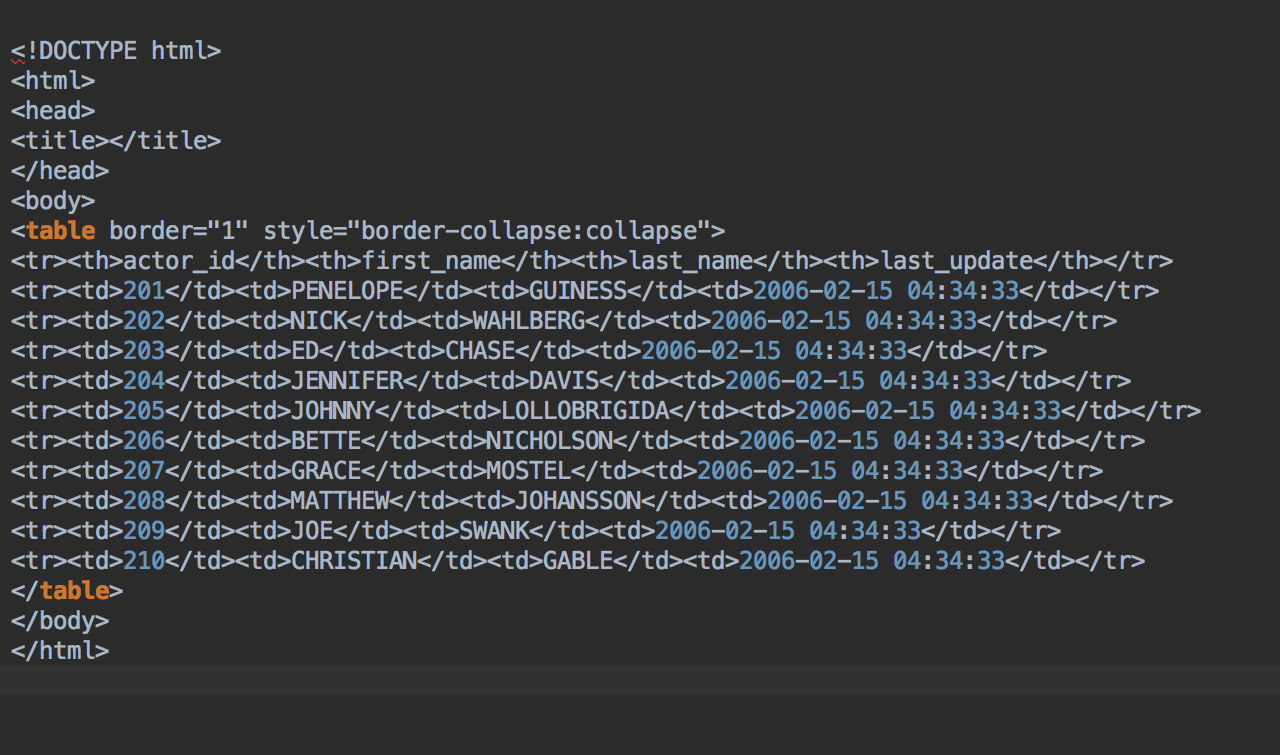

I recommend you checkout this list of various examples from AWS themselves as a good reference to see the power of this command in other use cases. Ive been using DataGrip with both SQL Server and Postgresql for over a year.
Datagrip import csv Offline#
When importing CSVs into redshift, it’s generally for data lakes and offline analysis where my tolerance is higher for low fidelity.įor example, those pesky Delimiter not found errors, when you have a couple columns less than the entire table, goes away with FILLRECORD and if your data isn’t exactly in the default YYYY-MM-DD format, the DATEFORMAT 'auto' takes care of that. Ive seen automated systems that attempt to import csv files directly. I use the above as boilerplate whenever I’m importing so I don’t have to keep stopping and researching the specific fields giving me problems. copy mytable from ‘s3://mybucket/filewithexactnumberofcolumns.csv’ credentials 'aws_access_key_id= aws_secret_access_key=' format as CSV ignoreheader as 1 - skips the typical header DATEFORMAT 'auto' - autodetects a variety of date formats FILLRECORD - supports importing less columns than target table ACCEPTANYDATE - replaces invalid dates with nulls To combat this, I generally add a few flags to help reduce the noise. copy mytable from ‘s3://mybucket/filewithexactnumberofcolumns.csv’ credentials 'aws_access_key_id= aws_secret_access_key=' format as CSV Īs the columns and variety of data grows, things can get a bit trickier and redshift will start to get nitpicky with the quality of your data. This should work right away on simple tables. The simplest form of the command which requires no role configuration specifies a csv file, a table, and credentials. I’ve tried DataGrip, Navicat, SQLPro, all of these things are horrendously slow for anything more than a few hundred records over the network. Getting data into S3 from an external flat or JSON file can be a major pain but AWS Redshift offers a convenient proprietary command called COPY which can be used to import any comma separated files into any table in your redshift database.

Importing CSV files into Redshift for Data Analysis


 0 kommentar(er)
0 kommentar(er)
